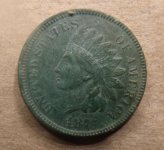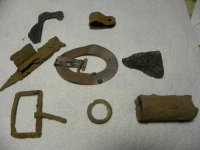gazzahk
Bronze Member
- Nov 14, 2015
- 1,718
- 2,578
- Primary Interest:
- All Treasure Hunting
- Thread starter
- #141
I think they have pretty much now answered the question of the original depression on the surface and the water at 100ft. All these massive underground cavities do support the 'sink hole' theory of the original pit. If something like an earth tremor caused the top of one of these cavities to collapse and some soil liquidifcation occurred it would be easy to see heaps of soil falling into the cavity and leaving a depression on the surface. This would also explain the water at 100 foot as the water would rush in to fill where the dirt had been (with the cavities connected to the ocean).
This latest cavity they have found they said was at least 30ft high (Who would tunnel a spiral stair case with a 30ft high roof...)It does appear that it is difficult to drill anywhere in the PIT area below about 170ft and not hit a cavity.
It is possible that the original three who found evidence of a block and tackle were just finding a previous person treasure searching efforts who had noticed the depression in the ground I would think....
It also explains how Dan was able to use dowsing to find his cavity. He really just needed to dig almost anywhere and he would of found a cavity...
This latest cavity they have found they said was at least 30ft high (Who would tunnel a spiral stair case with a 30ft high roof...)It does appear that it is difficult to drill anywhere in the PIT area below about 170ft and not hit a cavity.
It is possible that the original three who found evidence of a block and tackle were just finding a previous person treasure searching efforts who had noticed the depression in the ground I would think....
It also explains how Dan was able to use dowsing to find his cavity. He really just needed to dig almost anywhere and he would of found a cavity...
Amazon Forum Fav 👍
Last edited:


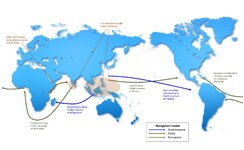
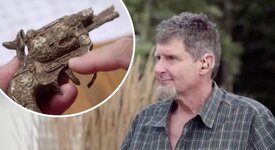
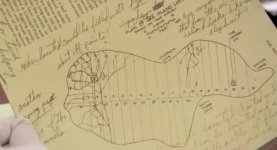
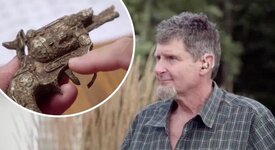
 .......
.......
